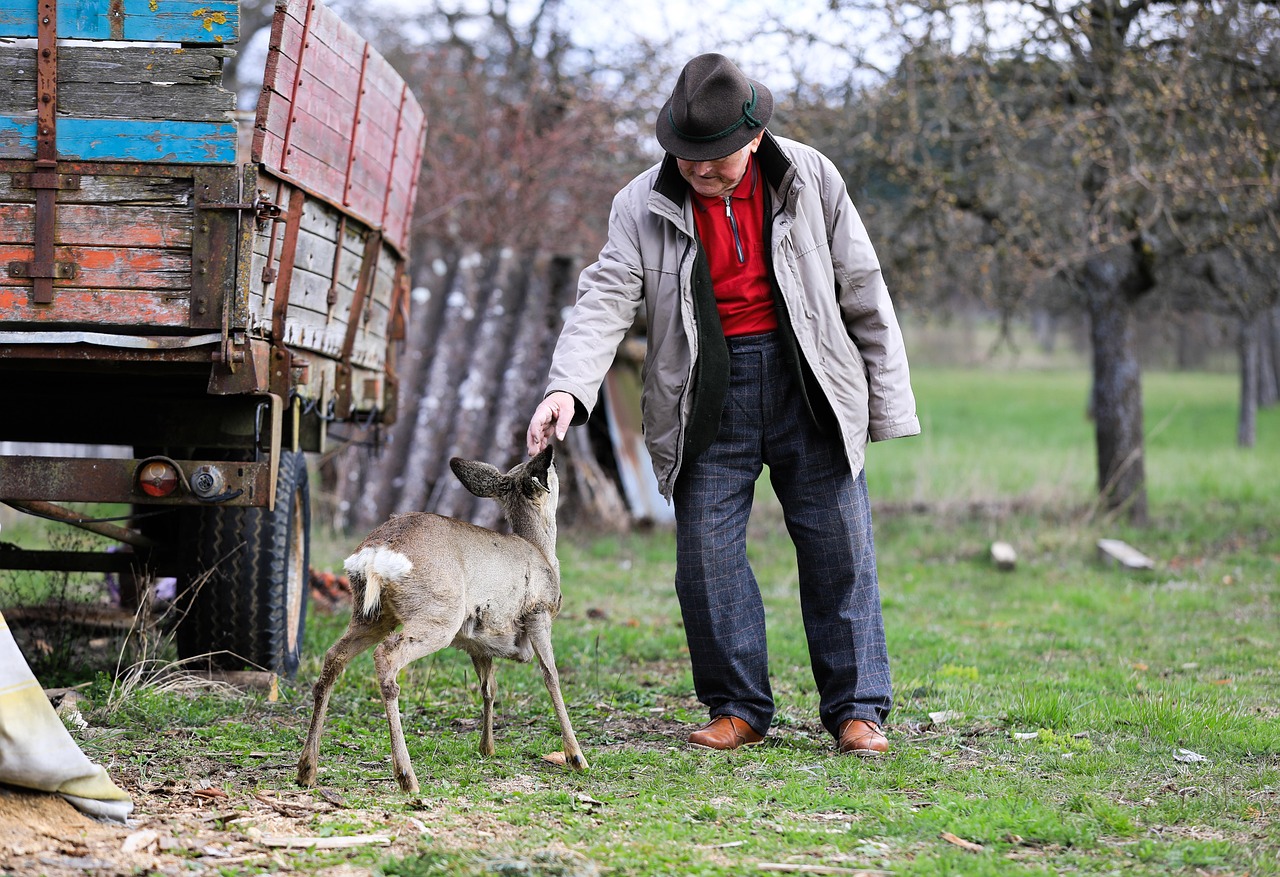Introduction to the Allure of Thrill
The quest for thrill and excitement is an inherent aspect of the human experience. It’s what drives individuals to push beyond their limits, to challenge the ordinary, and to seek out experiences that evoke strong emotions. But what exactly is it about uncertainty and excitement that captivates us so deeply? In this exploration, we will delve into the psychological, physiological, and sociological factors that contribute to our propensity for thrill-seeking behaviors.
Understanding the Psychology of Thrill
From a psychological standpoint, the appeal of thrill can be attributed to the release of dopamine, a neurotransmitter associated with pleasure and reward. Engaging in thrilling activities stimulates the brain’s reward system, creating a feeling of euphoria that can be intensely addictive. Furthermore, the element of uncertainty inherent in thrill-seeking activities taps into our innate curiosity, encouraging us to explore and understand our surroundings.
The Physiological Response to Excitement
Physiologically, our bodies are equipped with a fight-or-flight response, a mechanism designed to prepare us for immediate action in the face of danger or excitement. This response, mediated by the release of adrenaline, readies our bodies for heightened performance, increasing heart rate, blood pressure, and respiration. The rush of adrenaline associated with thrilling experiences can be exhilarating, leaving many to seek out such feelings repeatedly.
Sociological Factors in Thrill-Seeking
Sociologically, the pursuit of thrill is often influenced by cultural norms, peer pressure, and the desire for social recognition. Engaging in daring activities can earn an individual respect, admiration, and even fame within their social circles. Moreover, the shared experience of thrill-seeking can forge strong bonds among participants, creating a sense of community and comradeship.
The Spectrum of Thrill-Seeking Activities
Thrill-seeking activities span a wide spectrum, catering to various interests and levels of daring. For the adventurous, this might include extreme sports like skydiving, deep-sea diving, or mountain climbing. For others, the thrill might come from more controlled environments, such as theme park rides, escape rooms, or even competitive sports.
Extreme Sports and Activities
Extreme sports, in particular, offer a purity of thrill that is hard to match. The combination of skill, strategy, and unpredictability makes each experience unique and exhilarating. Whether it’s the speed of skiing down a steep slope, the agility required for parkour, or the mental toughness needed for ultra-marathon running, these activities test the limits of human potential.
Controlled Thrill Environments
For those who prefer their thrills in more controlled settings, there are countless options available. Theme parks, with their array of roller coasters and other rides, offer a predictable yet exhilarating experience. Similarly, escape rooms provide a mental thrill, challenging participants to solve puzzles under time pressure. Competitive sports, while often less dangerous than extreme sports, can also offer a significant adrenaline rush, especially during high-stakes matches.
Benefits of Thrill-Seeking
Engaging in thrill-seeking activities can have numerous benefits, extending beyond the immediate pleasure of the experience. These benefits include improved physical and mental health, enhanced creativity, and better stress management.
Physical and Mental Health Benefits
Physically, regular engagement in thrill-seeking activities can lead to improved cardiovascular health, increased strength and agility, and a stronger immune system. Mentally, the challenges posed by these activities can foster resilience, reduce stress, and promote a sense of well-being.
Creativity and Personal Growth
Thrill-seeking can also be a catalyst for creativity and personal growth. The process of overcoming fears and pushing boundaries can lead to new insights and perspectives, helping individuals to innovate and solve problems more effectively. Furthermore, the self-confidence gained from achieving thrilling goals can translate into other areas of life, promoting personal and professional development.
Addressing Concerns and Questions
Given the risks often associated with thrill-seeking activities, it’s natural to have concerns and questions about their safety and appeal.
Frequently Asked Questions
Some of the most common questions about thrill-seeking include:
- What are the safest ways to engage in extreme sports?
- How can I manage fear and anxiety during thrill-seeking activities?
- What are the long-term health benefits of regular thrill-seeking?
- How can thrill-seeking activities be made more accessible to a wider audience?
Table ofThrill-Seeking Activities and Their Benefits
The table below provides a snapshot of various thrill-seeking activities, their associated benefits, and the level of risk involved.
| Activity | Physical Benefits | Mental Benefits | Risk Level |
| Skydiving | Improved cardiovascular health | Reduced stress, increased self-confidence | High |
| Escape Rooms | None significant | Enhanced problem-solving skills, teamwork | Low |
| Marathon Running | Increased endurance, stronger immune system | Improved mental toughness, discipline | Medium |
Conclusion
In conclusion, the allure of thrill and excitement is deeply ingrained in human nature, driven by a combination of psychological, physiological, and sociological factors. Whether through extreme sports, controlled environments, or competitive activities, thrill-seeking offers a wide range of benefits, from improved health and creativity to personal growth and social bonding. As we reflect on the best articles from respected publications that have explored this topic, it’s evident that the pursuit of thrill is not merely a passing fancy but a fundamental aspect of the human experience, offering us a way to challenge ourselves, to learn, and to live more fully. So, the next time you’re considering stepping out of your comfort zone, remember that the thrill you seek is not just about the adrenaline rush but about the journey of self-discovery and growth that it embodies.
